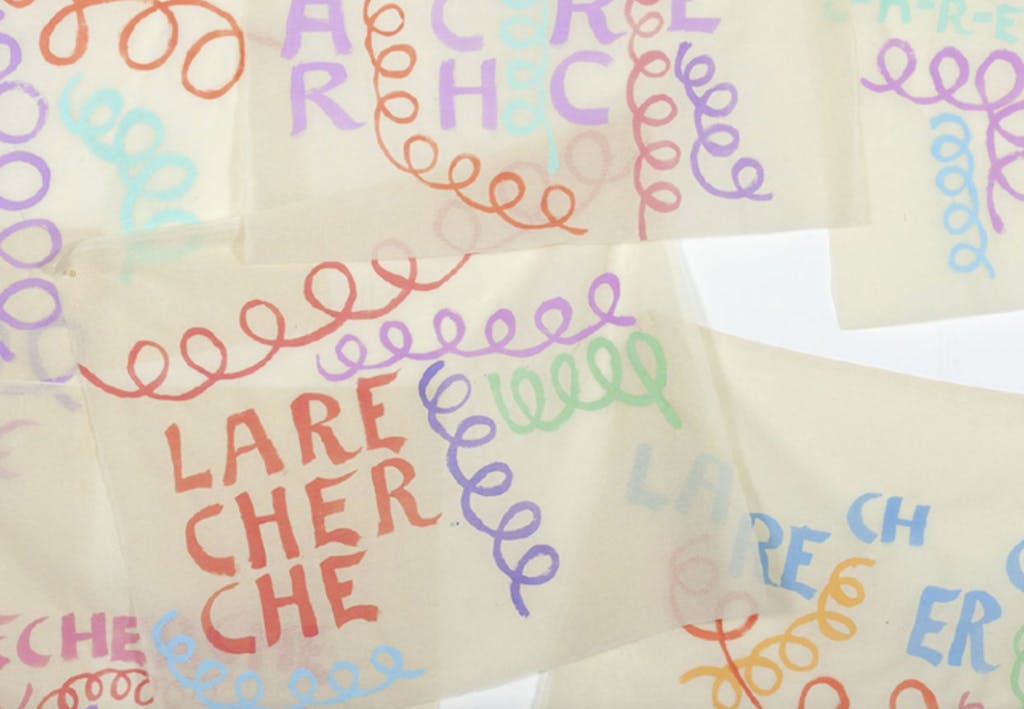GIORGIO GRIFFA AT CENTRE POMPIDOU, PARIS
2 MAR - 27 JUN 2022

Italian painter Giorgio Griffa is honoured by Centre Pompidou in Paris with a retrospective. On display are works from cycles created between 1969 and 2021, as well as a tribute to Marcel Proust.
In each of his works can be read the process of its creation and no less than the passage of time. His unprimed, often frayed canvases are painted with bright acrylic paints, and they bear the marks of folds. These folds are part of the composition, reveal the change of time in its material quality and create the memory of the image.
The beginning of Giorgio Griffa’s artistic activity in the 1960s took place under the influence of the debates initiated by Clement Greenberg with regard to Formalism and the self-referentiality of painting as well as in response to what were at that time new currents of Informalism, Minimalism and Concept Art. The association of Griffa with Arte Povera or Pittura Analitica is quite plausible; at the same time, however, Giorgio Griffa has always maintained an independent manner of working that lies outside specific movements.
“The unfinished work, the object not completed, also means underlining its nature as subject. And it captures an organic aspect of the doing, which never finishes, is never definitive, though inevitably every canvas is definitive. It is a continuous becoming, from one canvas to the next. Time won’t let me finish my works.”
- Giorgio GriffaGiorgio Griffa, "Tre linee con arabesco n.226", 1991
Courtesy Archivio Giorgio Griffa. © Photo Giulio Caresio
The exhibition at Centre Pompidou, curated by Christine Macel, invites to rediscover an important figure of the Italian and European art scene. It accompanies the current presentation at KEWENIG Berlin (until 2 April 2022), that seeks to direct attention towards an artist who, ever since the 1960s, has been conversant with the artistic discourse of his era and has developed a remarkable painterly position.